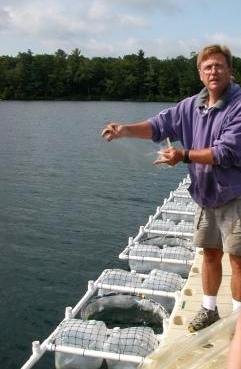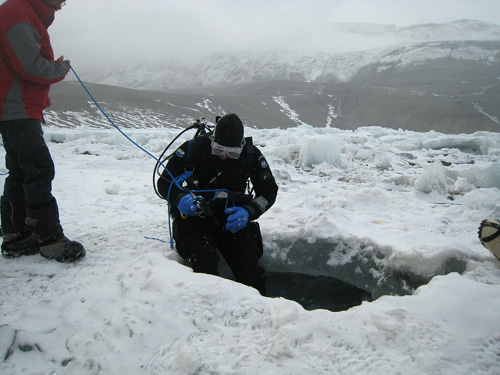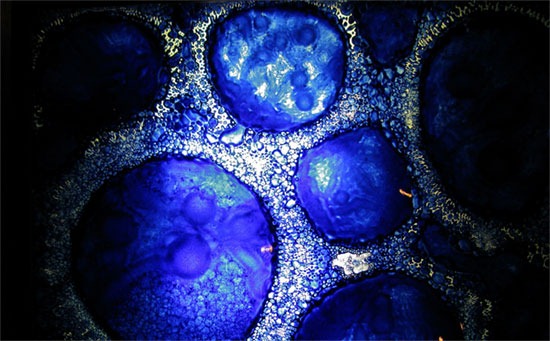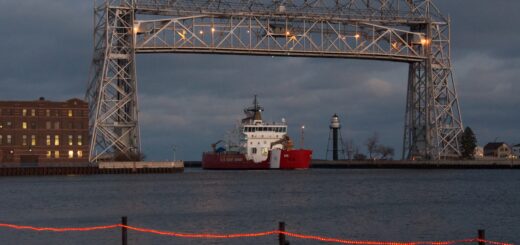Subglacial Lake Discovered In Antarctica
0Scientists from around the world have been working to research conditions in Antarctica for years, but still much remains unknown about the planet’s fifth-largest continent. Just in January, a team of investigators revealed they had found that the world’s largest canyon sits beneath Antarctica’s frozen West Ice Shelf.
They made the discovery using satellite images that showed faint traces of the subglacial landscape in East Antarctica. From there, they took another look at the region using echo sounders that bounced back enough waves to confirm where small parts of the canyon were located.
In May, the team of scientists met to discuss the data and test some hypotheses about the channels they found as well as the state of a large subglacial lake discovered nearby.

Antarctica’s West Ice Shelf. (Credit: NASA)
Not much is known about the lake and there is a lot of study left to be done to gain more understanding of the frozen body, but researchers believe that it is second only to Lake Vostok in size. Scientists believe the new lake is about 100 kilometers (62 miles) long by 10 kilometers (6.2 miles) wide.
Despite its smaller size, the lake is much closer to a research station than Lake Vostok, which would make it a lot easier to get to for investigation. That opens up the possibility for dissecting the lifeforms that could be present in the lake.

Vostok station, October 2011. (Credit: National Oceanic and Atmospheric Administration)
Any creatures found, if they exist there, will have been left undisturbed for thousands of years. And they would most likely be extremophiles, capable of living in the incredibly harsh Antarctic environment without sunlight or heat.
So what kind of lifeforms are most likely there just waiting to be described?
If Lake Vostok’s lifeforms are any indication, this new lake may contain a large number of bacteria similar to those found in cold, deep-ocean areas. Types of archaea, eukarya and fungi are a good bet too.
How do you think this new Antarctic lake will compare to others? What do you think the subglacial water body should be named? Please consider leaving a comment to share your thoughts!













